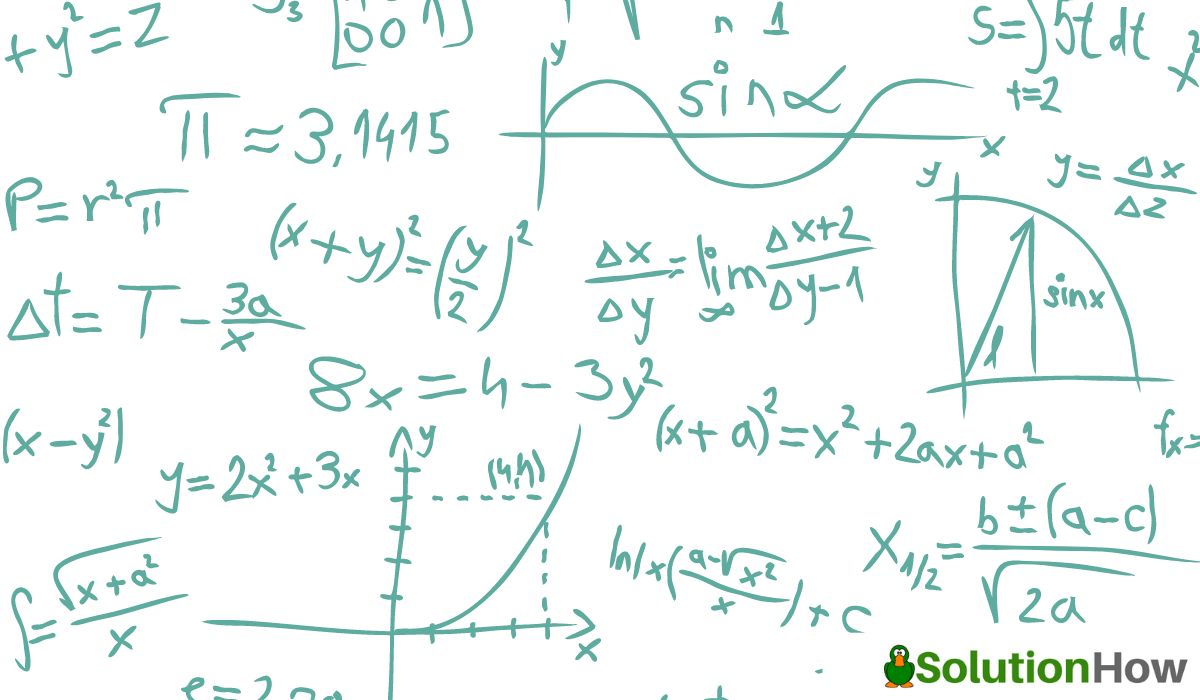
Math
Definition of Fraction:
In mathematics, a fraction is used to express the portion or the part of the whole thing. It describes the equal parts of the whole. A fraction has two parts, which are known as the numerator and the denominator. The number on the head is known as the numerator, and the number on the bottom is called the denominator. The numerator manages the number of equal parts taken, whereas the denominator expresses the total number of equal parts in a whole.
For example, 8/16 is a fraction. The best way to understand these concepts is through NCERT solutions. Cuemath NCERT solutions can help you understand the concept of Partial and Improper fractions in the most exciting way.
Types of Fractions
There are four various fundamental types of fractions. They are known:
- Unit Fraction – In a fraction, the numerator which has the number 1 is called a unit fraction. For example, 1/5, 1/6.
- Proper Fraction – If the numerator value has less than the denominator value, it is called a proper fraction. Example: 6/9, 2/10
- Improper Fraction – If the numerator value is greater than the denominator value, then it is called an improper fraction. Example: 9/5, 10/15
- Mixed Fraction – If a fraction contains a whole number along with a proper fraction, it is called a mixed fraction. Example 8 2/5, 6 5/8
What is a Partial Fraction?
An algebraic fraction that can be divided down into more simplistic parts is known as partial fractions. The more uncomplicated parts of algebraic fractions are known as partial fractions. With the help of maths NCERT solutions class 11, you can easily master the concept of Partial fractions in an easy and fun way.
Partial Fraction Formula:
The process or the formula for preparing the partial fraction breakdown is explained with the guidance of the steps given below-
- Step 1: In the method of decomposing the rational expression into the partial fraction, one should begin with a proper rational expression.
- Step 2: Then, factor the given denominator of the respective rational expression into a linear factor or in the form of basic quadratic factors.
- Step 3: Now note down the partial fraction for each of the factors obtained, along with the variables in the numerators, name them X and Y.
- Step 4: While finding the variable values of X and Y, multiply the whole equation by the respective denominator.
- Step 5: Then, let’s solve for the variables by replacing zero in the factor variable.
- Step 6: Lastly, replace X and Y values in the partial fractions to get the final answer.
What are the various denominator types in the partial fractions?
The four fundamental types of denominator observed in the partial fractions are:
- Linear factors
- Repeated linear factors
- Irreducible factors of degree 2
- Repeated irreducible factors of degree 2
What is the advantage of partial fraction decomposition?
Partial fraction decomposition is done for finding the inverse Laplace transformation, which also helps to integrate and help the rational functions.
What is indicated by proper and improper rational expressions?
In proper rational expression, the value of the numerator is less than the value of the given denominator. While, in improper rational expression, the value of the numerator is greater than the value of the given denominator.
What are Improper Fractions?
Improper fractions, beside the name, signifies the fractions that are not done properly for any number, object, or component. In terms of Math, an improper fraction has a bigger or greater numerator than the denominator, such as 4/2. While, in a proper fraction, the denominator is greater than the numerator, like 3/9.
Simplifying Improper Fractions
We have understood the concept of an improper fraction is. Now, let us discuss how to simplify them:
- Step 1: To determine if the given fraction is improper or not.
- Step 2: Then interpret the denominator and check for how many parts it is dividing the numerator with.
- Step 3: Then check the common factors of the given numerator and denominator
- Step 4: Lastly, cancel the like terms both from numerator and denominator to find the final answer.






